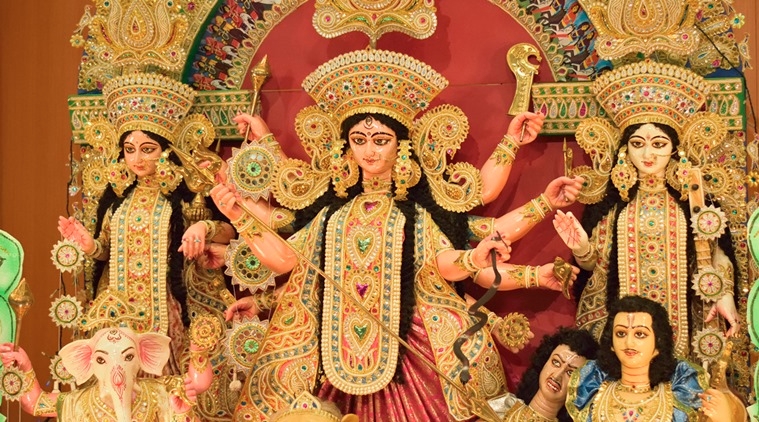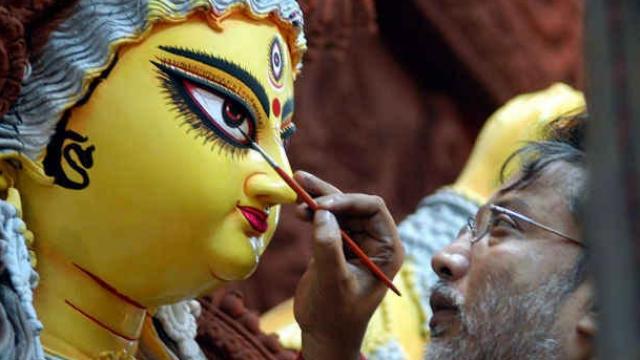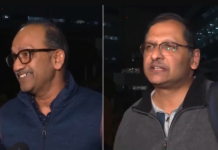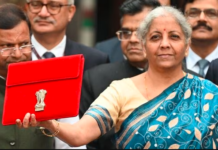Autumn is coming and everybody seems to get into the festive mode, which starts pretty much from today.
19 September is being celebrated as Mahalaya in Bengal with much grandeur and zeal over the decades. The day marks the beginning of the ‘Devi-paksha’ and the end of the ‘Pitri-paksh’ (Shraddh period).
Pitri Paksha also known as Pitru Paksha is a 16–lunar day period in Hindu calendar and three generations of ancestors are invited to a meal and an offering of rice cakes on Mahalaya. The offering is known as ‘Tarpan’ and presented on a banana leaf.
Significance Of The Mahalaya
While there are one too many folklores associated with the occasion, the most famous is Mahalaya is an invitation to the mother goddess Parvati’s Durga Avatar to begin her journey from Kailash to her paternal home (earth), along with her children. This invitation is extended through the chanting of mantras and singing devotional songs.

Celebration Of The Mahalaya
With the celebration of Mahalaya, Bengalis start the countdown for their much-anticipated festival ‘Durga Puja’ and further make the 7-day-long celebration much more grand with a bunch of special songs and hymns like ‘Bajlo Tomar Alor Benu’, ‘Durge Durge Durgatinashini’, ‘Jaago Tumi Jaago’ and others.
This year, the day is celebrated across Bengal and the excited Bengalis recount the creation of Durga with the 90-minute Mahishasura Mardini invocation of Goddess Durga, recited by legendary Birendra Krishna Bhadra.
Read More- 9 Healthy foods you can eat during the Navratri Festival
In the 1930s, Mahalaya was the first broadcast over the radio. Later, it was recorded and played during the day in the voice of Birendra Krishna Bhadra. The legendary narrator recites the holy verses and tells the story of the descent of Durga to earth in his unique style.












